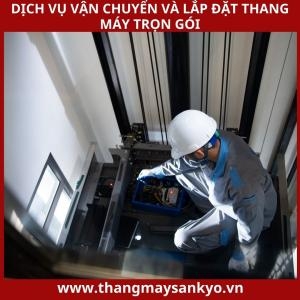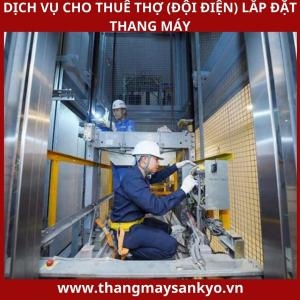The system is processing. Please wait a moment!
- Home experience homelift & elevator technical Sharing experiences
Smart Elevator - The Modernization of the Elevator Industry
THE BIRTH OF SMART ELEVATORS
In the era of the 4.0 industrial revolution, smart elevators have emerged as a symbol of innovation and advancement in the elevator industry. Innovative combination of artificial intelligence (AI), Internet of Things (IoT), big data and other advanced technologies to optimize operational performance, improve user experience and enhance user experience. safe and secure.
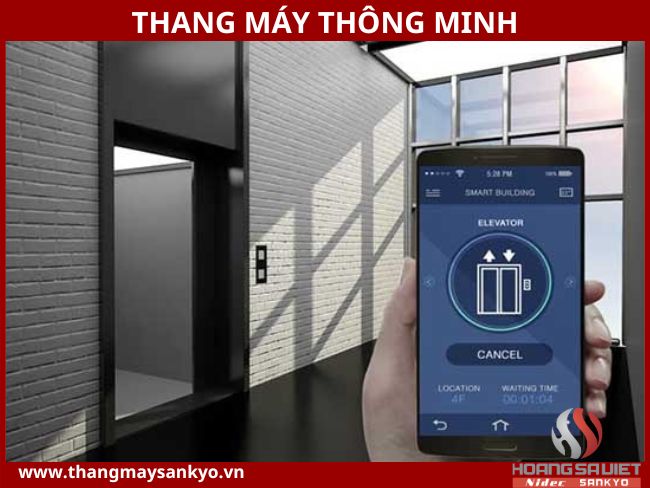
Thanks to these features, smart elevators are able to automatically react and adjust to meet specific needs, as well as provide better information and services to users. These technologies not only make elevators operate smarter, but also bring more convenience and safety to users.
WHAT TECHNOLOGY IS THE SMART ELEVATOR MADE FROM?

Artificial Intelligence (AI):
AI not only helps elevators operate smarter, but also creates prediction and automation systems to improve performance and convenience for users. From predicting schedules and loads to fault detection and predictive maintenance, AI has changed the way elevators operate and are managed.
Internet of Things (IoT):
IoT connects elevators to an intelligence network, allowing for remote monitoring and more efficient management, from problem detection to routine maintenance. In this way, elevators not only become smarter but also easier to manage and control remotely.
Big Data:
Big data collected from sensors on elevators is analyzed using big data technology to provide detailed information and predict trends. From optimizing operations to providing user feedback, big data plays a vital role in improving elevator experience and performance.
Thus, the combination of these three technologies has created a new and groundbreaking approach in the elevator industry, bringing new and effective experiences to users, while improving safety. safety and convenience in a modern building environment.
.jpg)
UTILITIES AND APPLICATIONS OF SMART ELEVATORSSafety and Security :
The integration of smart sensors and advanced security systems ensures maximum safety for passengers and cargo. This feature not only helps users feel secure, but also creates a safe and reliable operating environment.
Operational Optimization:
Smart elevators not only optimize speed, schedule and load to save energy but also enhance operational efficiency. Thanks to the intelligence of the system, saving costs and reducing environmental impact is more effective than ever.
Improved User Experience:
Smart elevators deliver a unique and convenient user experience through features such as smart touch screens, voice control systems, and interactive services. Using an elevator is not only a means of transportation but also an indispensable part of daily life, bringing convenience and excitement to users.
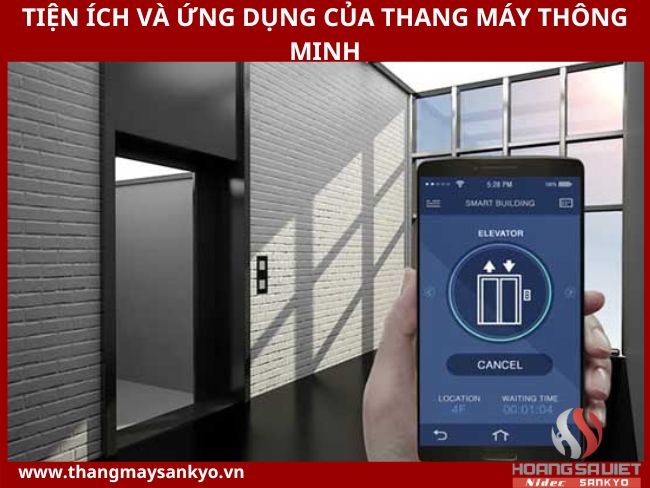
Increase operational efficiency:
Smart elevators are designed to operate more efficiently than traditional elevators. Destination control reduces wait times and the risk of congestion in lobby areas, allowing elevators to move more people in less time. This not only enhances the user experience but also helps optimize movement within the building.
Predictive maintenance is an important feature of smart elevators, helping to minimize downtime and ensuring that elevators are always in good operating condition. By analyzing data and predicting potential problems, maintenance measures can be implemented before problems occur, thereby minimizing operational disruptions and saving on repair costs.
Energy-saving features reduce the elevator's energy consumption and operating costs. This not only reduces the energy burden but also contributes to reducing carbon emissions and protecting the environment.
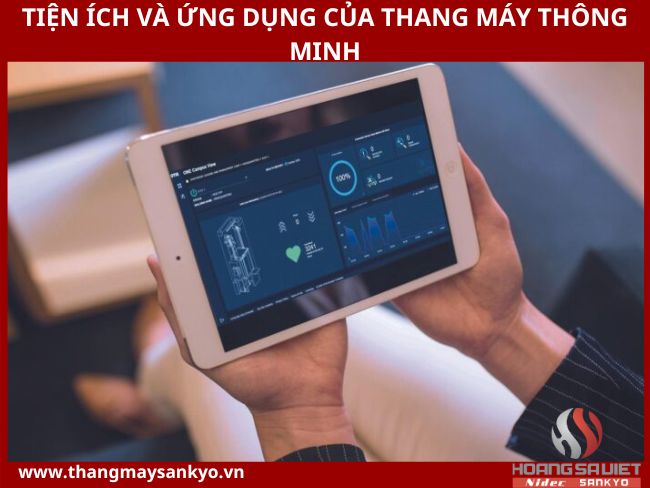
Long-lasting
Smart elevators also deliver significant improvements in durability. Energy-saving features help reduce energy consumption and carbon emissions, and provide real-time data on energy consumption, helping building managers make smart decisions about energy use.
The regenerative braking system converts kinetic energy into electrical energy that can be stored and reused, helping to optimize energy use and reduce waste.
Finally, regular maintenance measures help minimize problems and ensure that elevators are always in good working condition. This not only increases the lifespan of the elevator but also reduces the need to replace damaged equipment after long periods of operation.
IMPORTANCE AND DEVELOPMENT POTENTIAL OF SMART ELEVATORS
In today's urban society, smart elevators are not only a major step forward in the elevator industry, but have also become an indispensable part of modern life. With a commitment to safety, convenience and performance, smart elevators have become the epicenter of technological development and advancement.

Smart elevators are not simply a means of transportation but also a symbol of prosperity and convenience in today's urban living environment. The integration of high-end technology, from artificial intelligence to the Internet of Things, has resulted in an elevator system that not only meets transportation needs but also optimizes the user experience and creates a welcoming environment. safe school.
In the future, the integration of smart elevators with smart urban systems will open the door to many new development potentials. The continuous development of artificial intelligence and other technologies also promises to add value and potential to smart elevators, contributing to the sustainable development of urban society and improving quality. community life.



